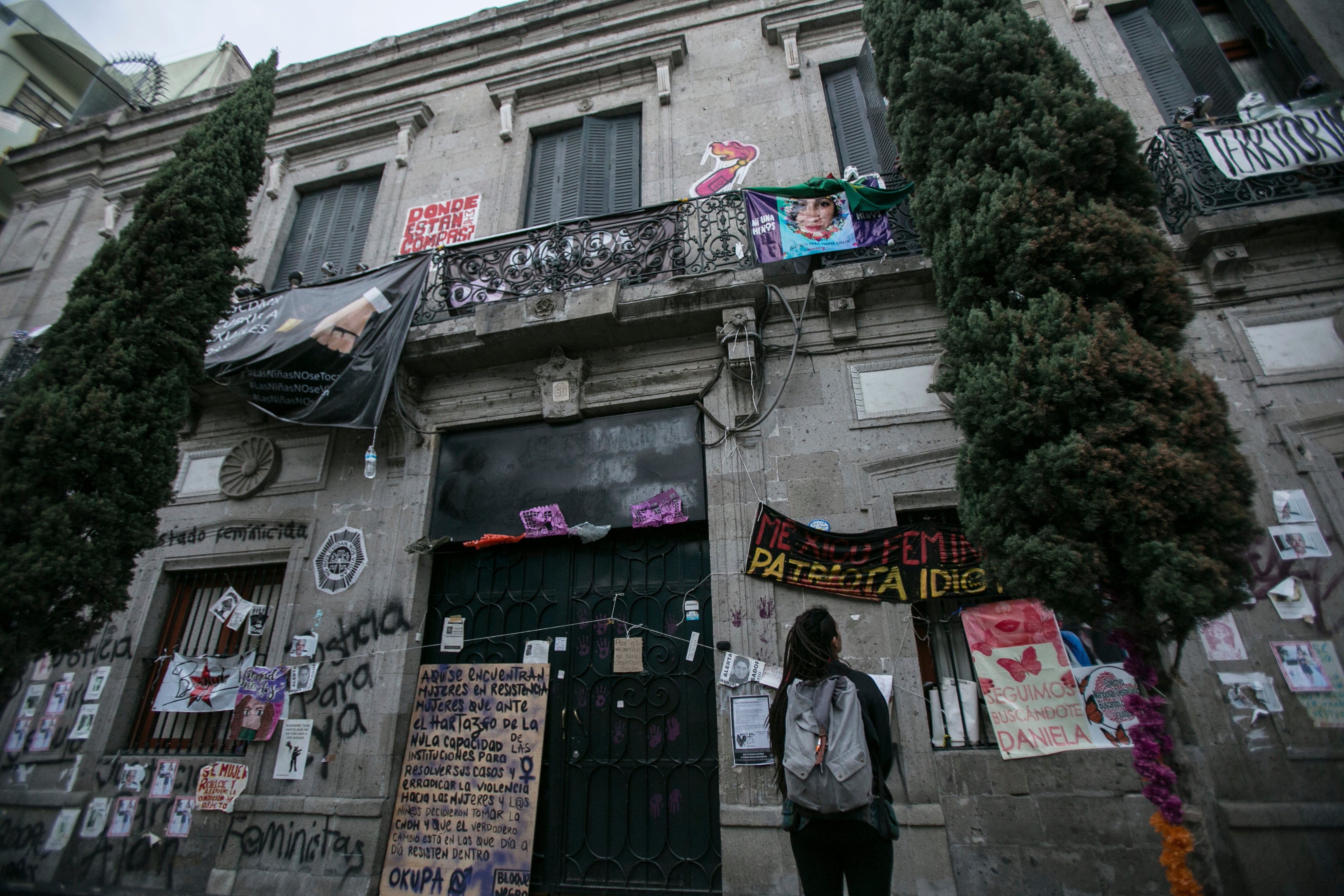AP PHOTOS: Occupied Mexico rights office becomes refuge

Your support helps us to tell the story
From reproductive rights to climate change to Big Tech, The Independent is on the ground when the story is developing. Whether it's investigating the financials of Elon Musk's pro-Trump PAC or producing our latest documentary, 'The A Word', which shines a light on the American women fighting for reproductive rights, we know how important it is to parse out the facts from the messaging.
At such a critical moment in US history, we need reporters on the ground. Your donation allows us to keep sending journalists to speak to both sides of the story.
The Independent is trusted by Americans across the entire political spectrum. And unlike many other quality news outlets, we choose not to lock Americans out of our reporting and analysis with paywalls. We believe quality journalism should be available to everyone, paid for by those who can afford it.
Your support makes all the difference.In a colonial-era building in downtown Mexico City, dozens of feminist activists and crime victims have settled in after nearly three months of occupying the headquarters of Mexico’s National Human Rights Commission.
The women said they took over the building because the government has been slow to protect or support women who have suffered abuse or help them find their missing loved ones.
The activists are there in support of women like Erika Martínez as she demands justice for her 10-year-old daughter who suffered sexual abuse. Three years ago, Martínez reported her daughter’s abuser to the sexual crimes prosecutor, but the man remains free. So she decided to join the activists in their occupation of the human rights commission offices.
“I decided to do it to draw more attention to my daughter’s case,” Martínez said. Martínez said that she suffered sexual abuse as a girl as well and that her mother did not defend her and did not report the abuse.
Martinez's 10-year-old and another daughter are living at the building with her. They participate in demonstrations and the girl plays with her Chihuahua amid the graffiti covered walls. Martínez paints women’s faces on key chains she sells at marches. Women who support the movement buy the trinkets and they serve as a way to recognize those empathetic to the cause.
The rights commission is funded by the government but has a measure of independence. It can make recommendations to government agencies, which are usually followed. The offices have become a refuge for other victims of abuse as well.
President Andrés Manuel López Obrador drew criticism in September after he expressed anger at how the demonstrators were defacing portraits of Mexican heroes inside the offices. He also has suggested his political opponents are behind the occupation.
Activists say they have seen little progress from his administration on violence perpetrated against women.
After huge protests in March over killings of women, López Obrador said the demonstrations would not change his administration’s long-term approach to the problem. He stresses addressing the root causes of crime through employment and support for family integrity.
According to official figures, 3,825 women met violent deaths in 2019 in Mexico, an average of more than 10 per day and a rise of 7% over the previous year.